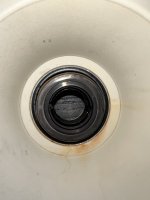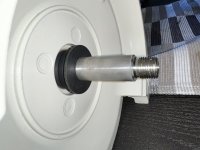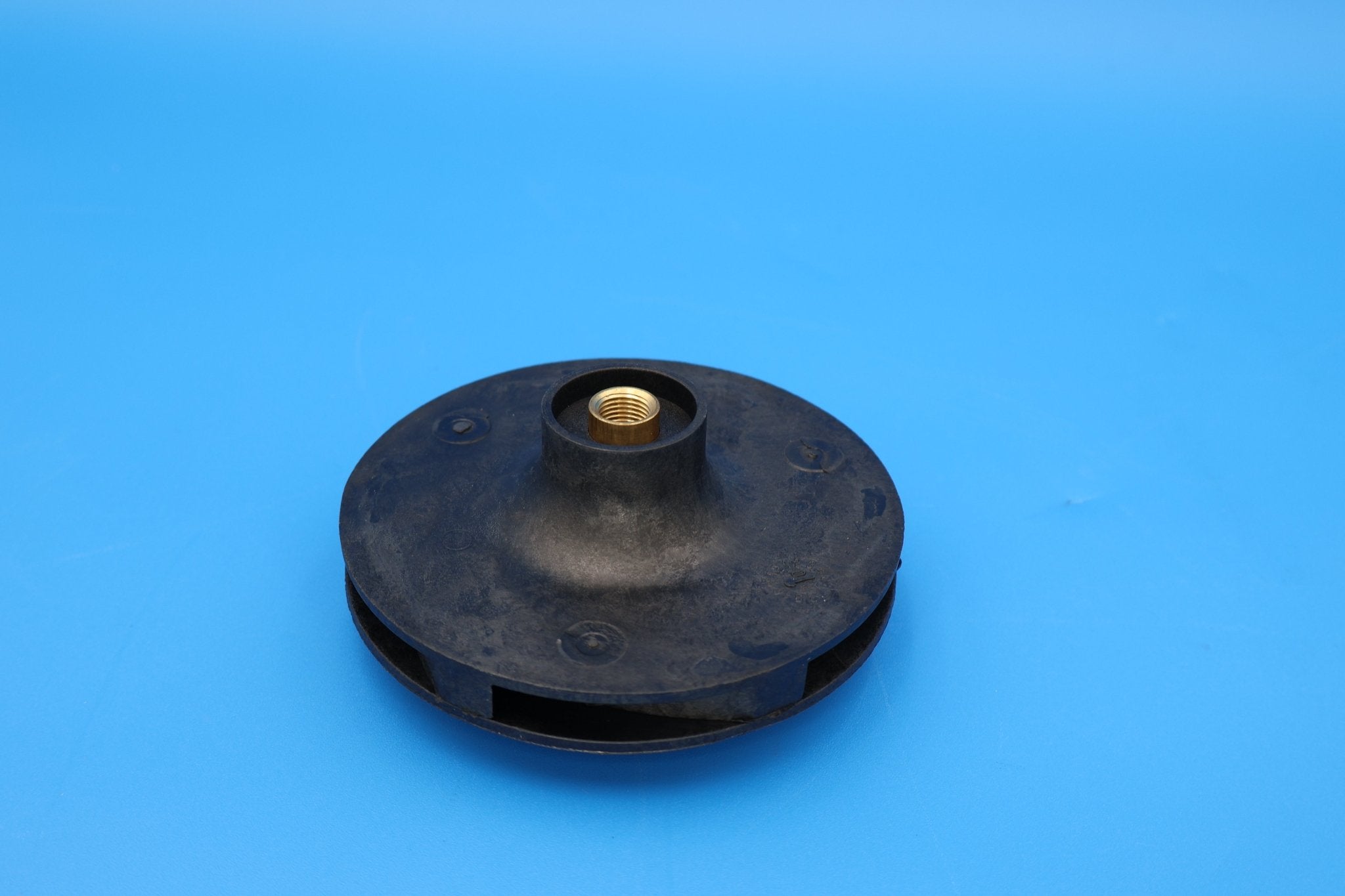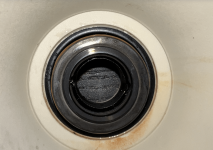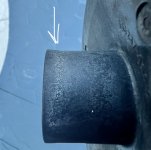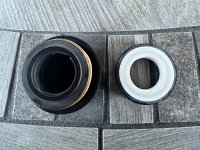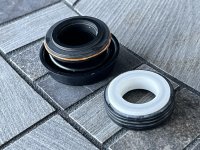- Sep 7, 2022
- 262
- Pool Size
- 16500
- Surface
- Plaster
- Chlorine
- Salt Water Generator
- SWG Type
- Hayward Aqua Rite (T-15)

I already replaced it with the “better quality” Seal (Chemical/Salt Resistant, P/N: 071732S) from the Seal Quick Kit (P/N: 356198) together with the rest of the o-rings and gasket, but I am very surprised this already happened, since I bought the pump (P/N: 011056) brand new last September. Never ran dry. It runs 24/7 at 1250rpm, there are no leaks in my plumbing, and the pump basket has always been full of water with zero bubbling at the returns etc.
I have always maintained the chemistry by myself.
December 28 results (very typical):
Temp: 52f
pH: 7.8
FC: 10ppm
Total Alkalinity: 70ppm
Calcium Hardness: 325ppm
CYA: 80ppm
Salt: 3,200ppm







I was happy that I caught it quickly, before it spread to the motor shaft seal and/or corroded the motor body. There was just a little bit of surface corrosion that 1000 grit sandpaper took care of (photos are of before).







